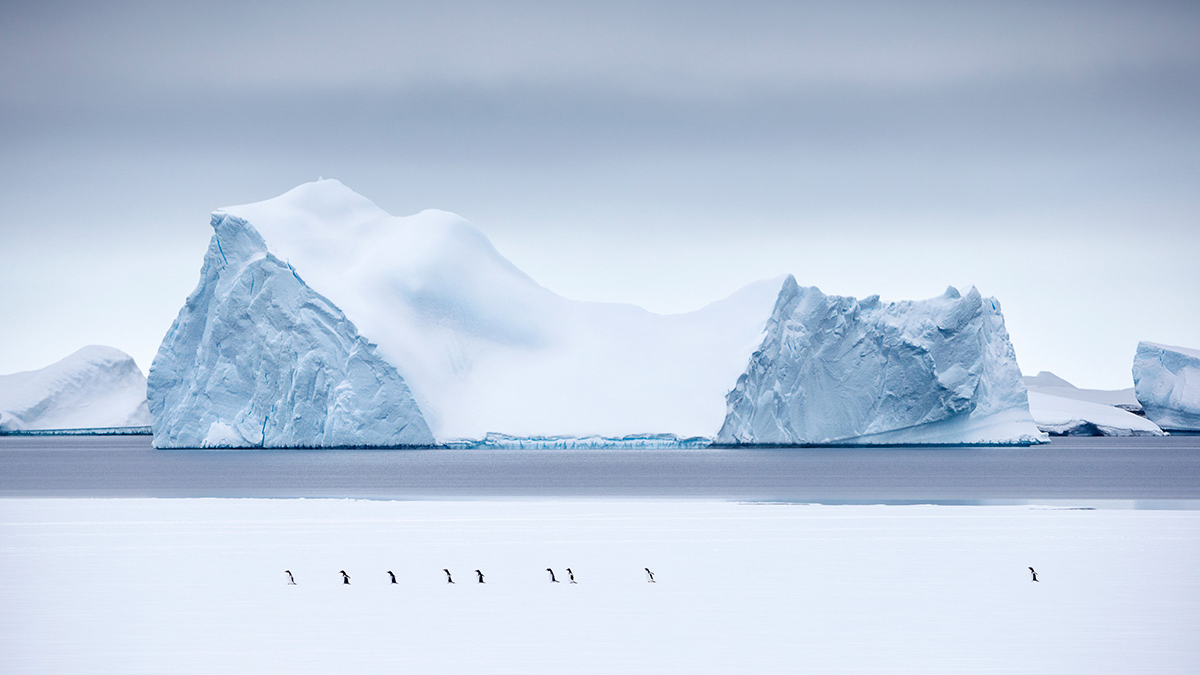Polar photographer’s work helps illustrate climate change
Polar regions wildlife photographer Joshua Holko talks about how photography paired with data helps illustrate climate change
• March 2018 issue
Over the past few years, no other area of the planet has been altered as dramatically as the polar regions. Global warming has changed the polar landscapes in ways that very few people can even conceptualize.
“The changes that I’ve seen have been massively dramatic,” says Joshua Holko, who specializes in nature photography of the North and South poles. “It’s hard to put into words how substantial these changes are. For example, the amount of meltwater shedding off of glaciers in Greenland equals the amount of water that France uses in a year. A lot of glaciers are dead, almost completely gone. Entire landscapes are shifting. We can leave on the table the argument about whether or not climate change is manmade, but what’s undeniable is that it’s happening, and it’s happening on an enormous scale.”
For Holko, the business impact of these changes is huge. He's seen an increased market for his work in recent years largely due to the sense of urgency. These frozen landscapes may not be around in a few years, which has created a heightened demand for photographs showing these dramatic places while they still exist.
The environmental impact, however, is far more profound. Time and again, Holko has been faced with the question, What can we do? “Polar regions are out of sight, out of mind for most people,” he says. “Increasing awareness is great, but we have to be careful that we don’t run into a point of saturation. The debate has been going on for years. Meanwhile, the changes to the poles are running rampant. Climate change is too big a subject to tackle holistically. We need to break it up and examine specific elements—like why certain species are disappearing. And we need to illustrate the problem for people who can’t see it.”
One way to do that is through art-science collaborations that pair arresting images with hard-to-grasp scientific information. Holko is part of the Arctic Arts Project, a group of photographers and scientists working to create a visual picture of what’s happening in the polar regions. Holko and the other photographers help by connecting the vast amount of climate change data to images that illustrate current problems.
“If your goal is to inspire change, it’s no good putting out a pretty picture of a melting glacier,” says Holko. “The images need to be connected to the data to really show people what’s happening.”
RELATED: How Joshua Holko carved out a polar niche
Jeff Kent is editor-at-large of Professional Photographer.


